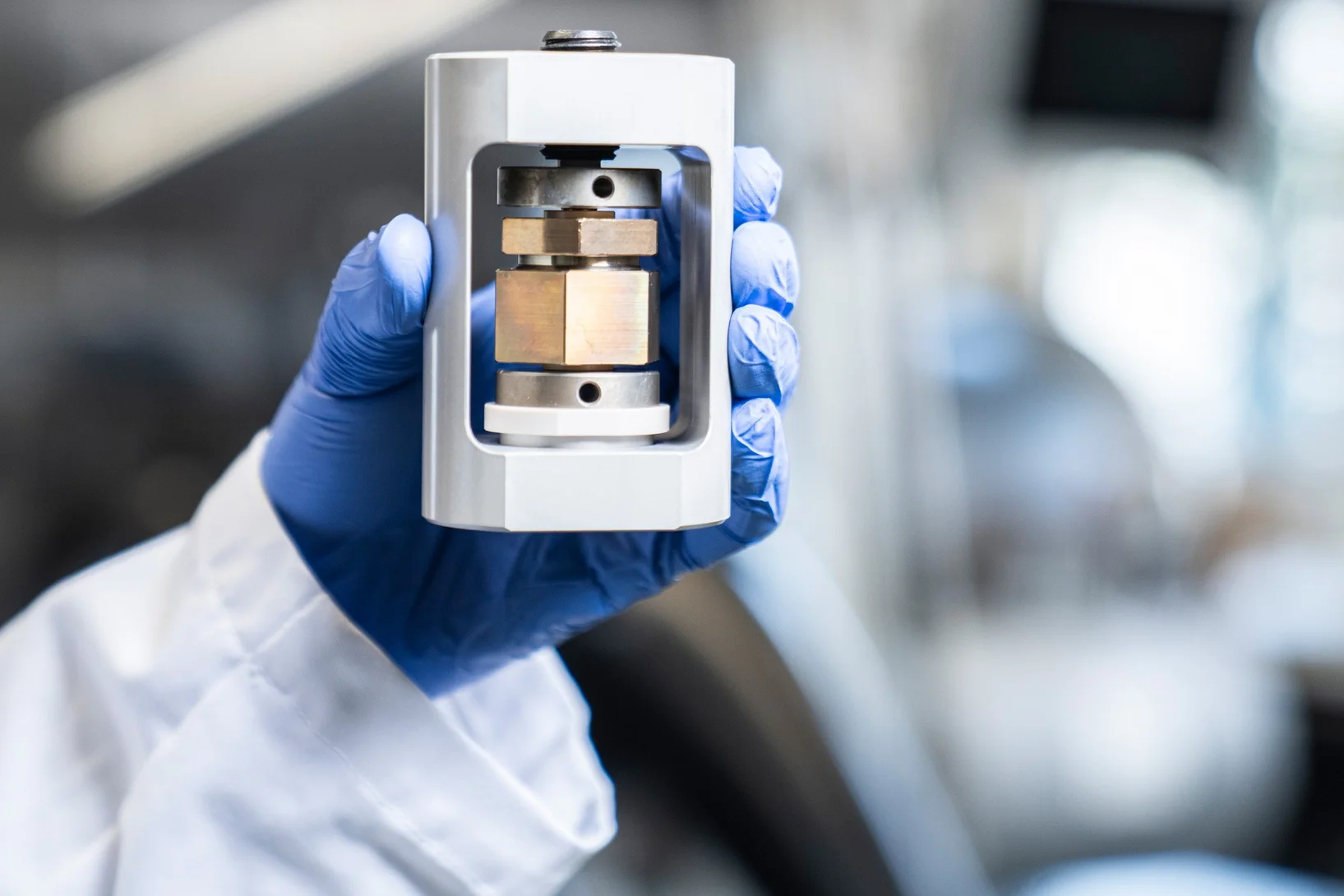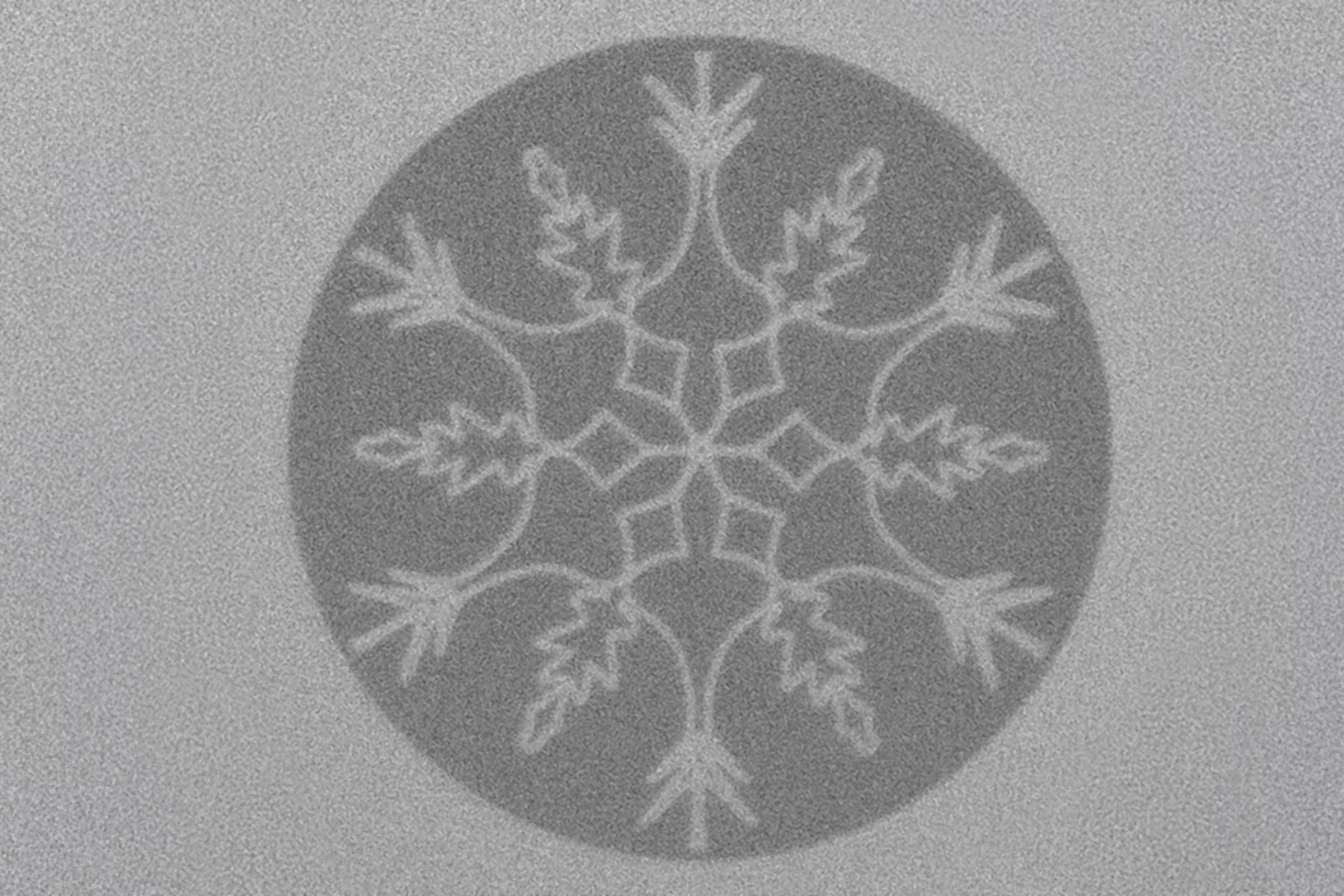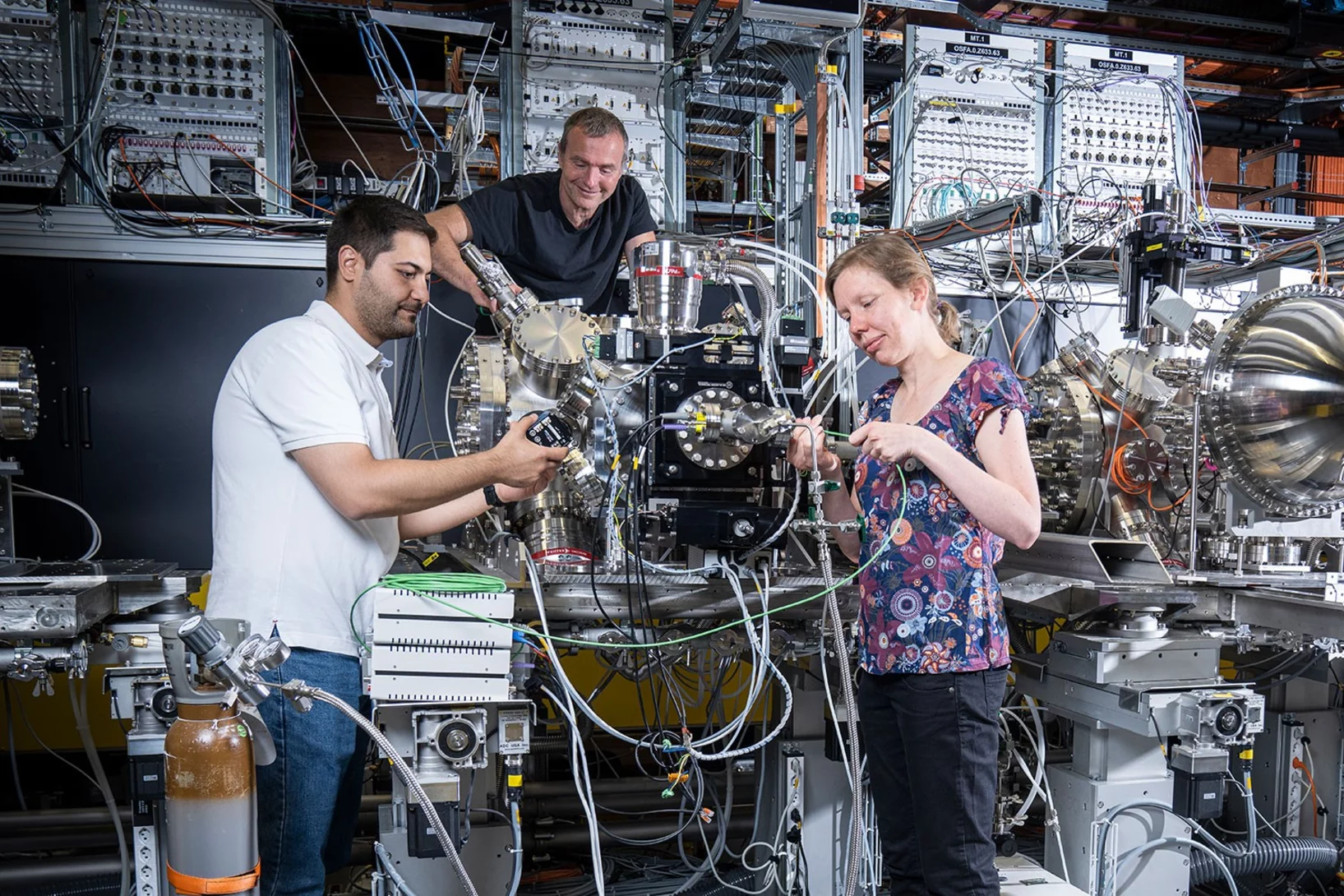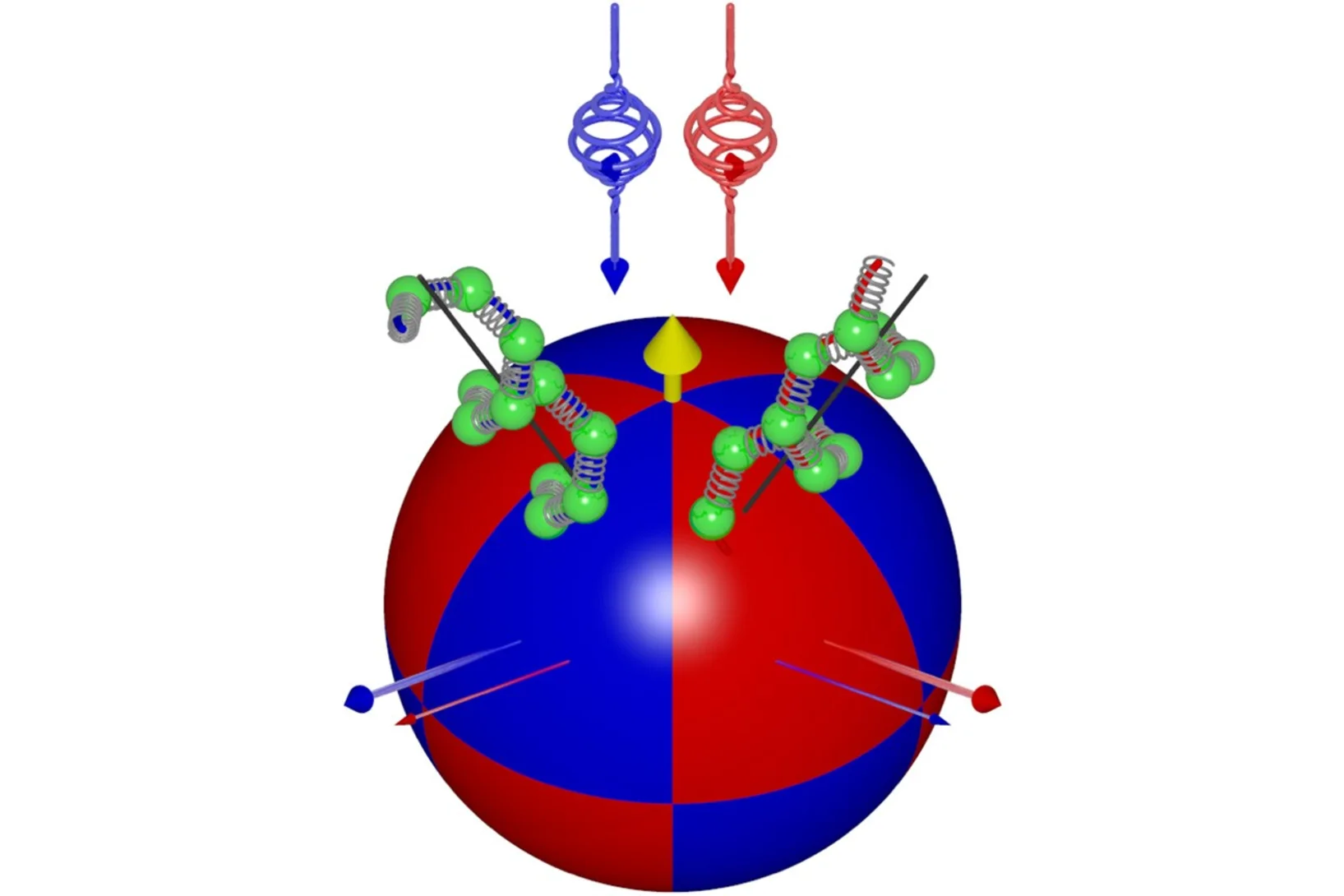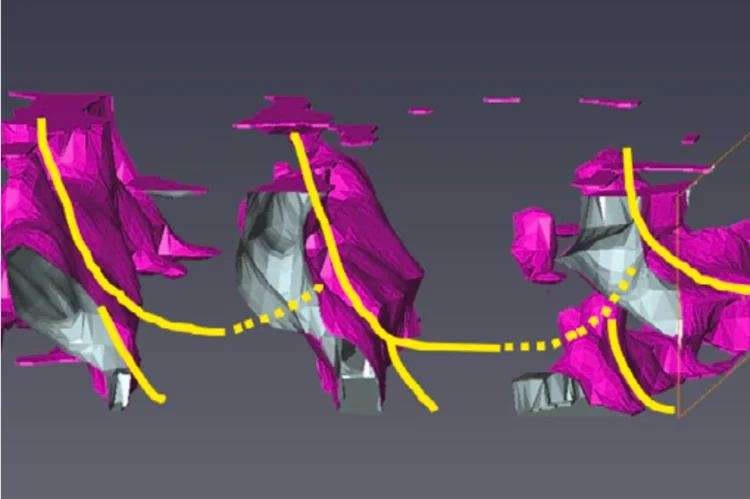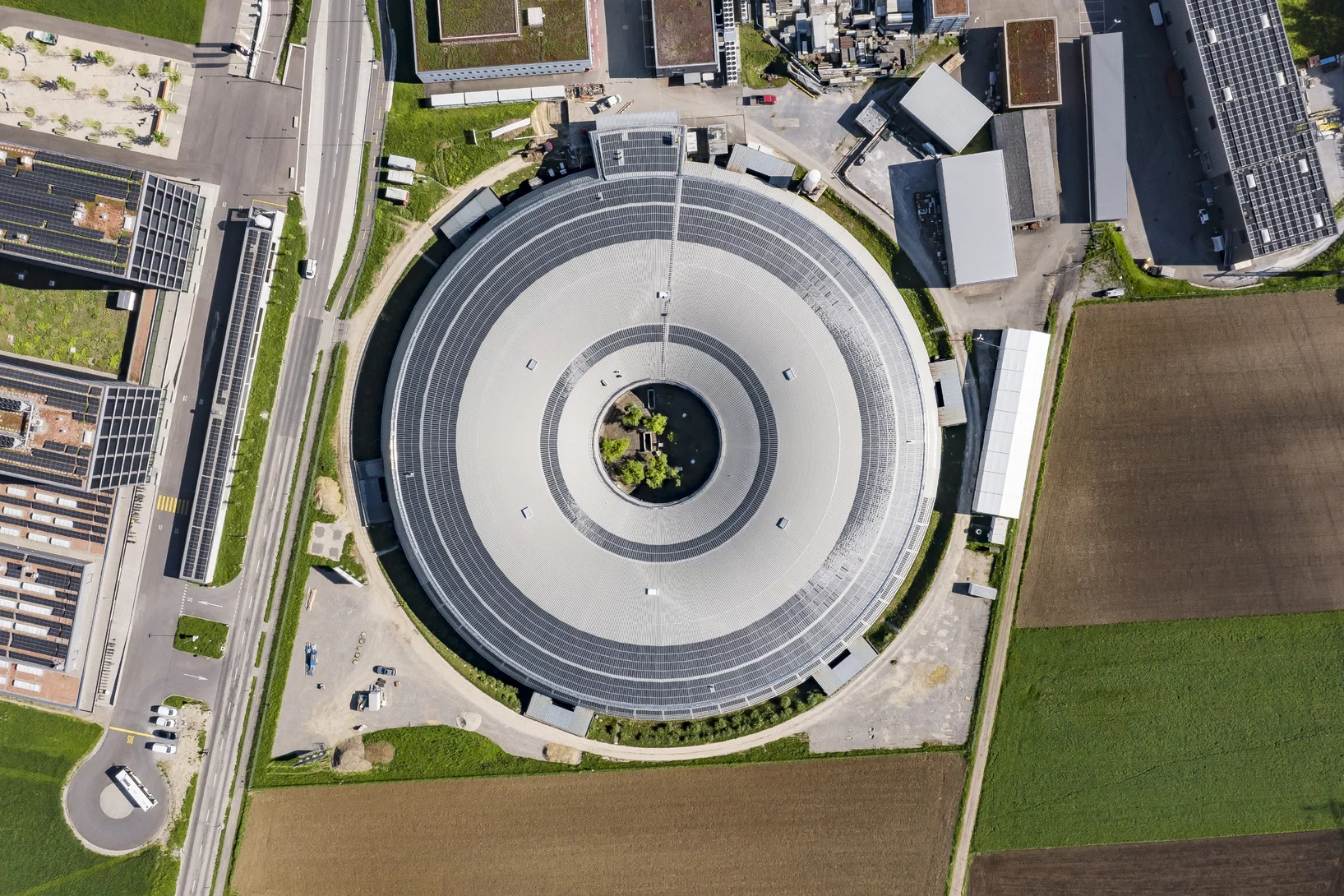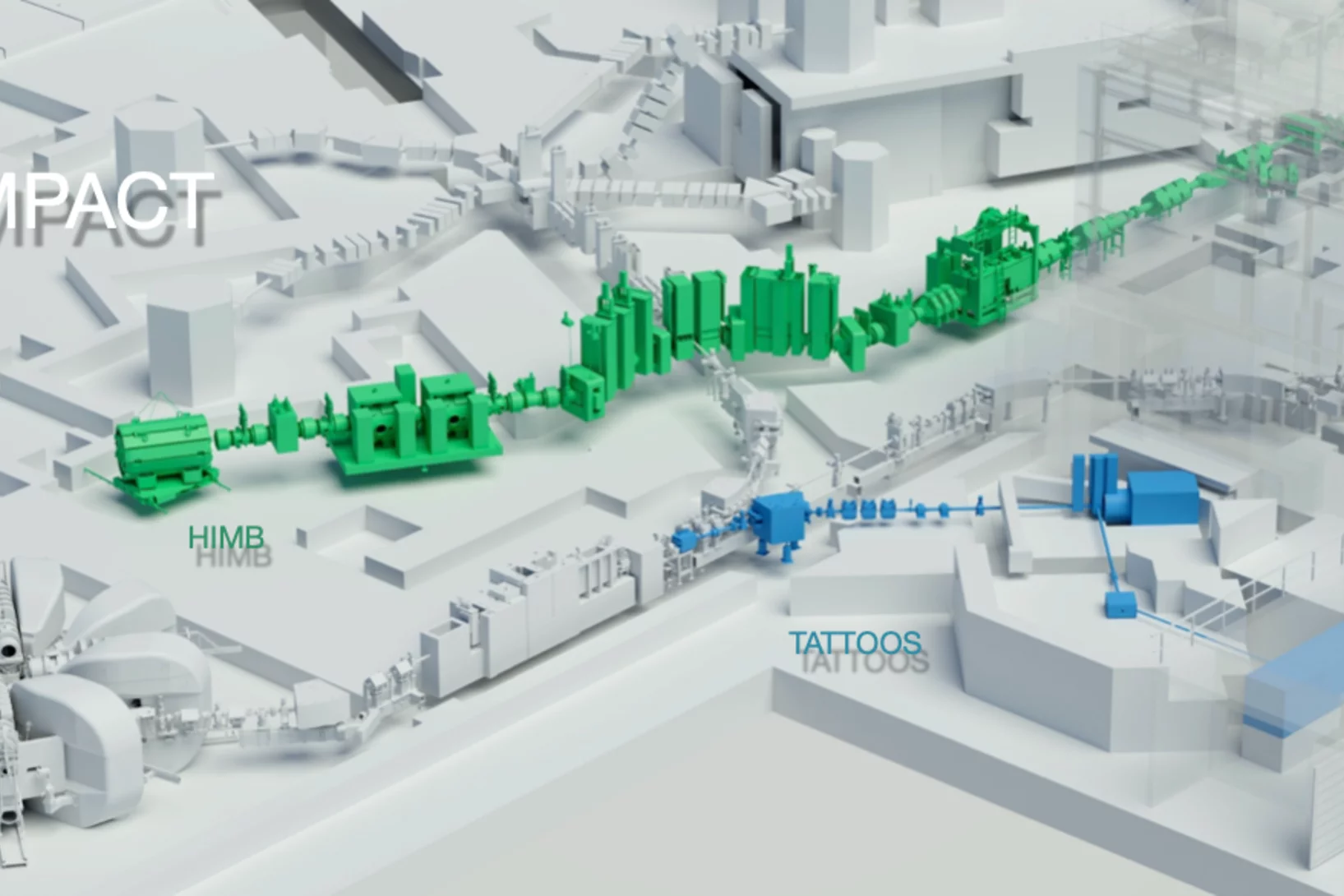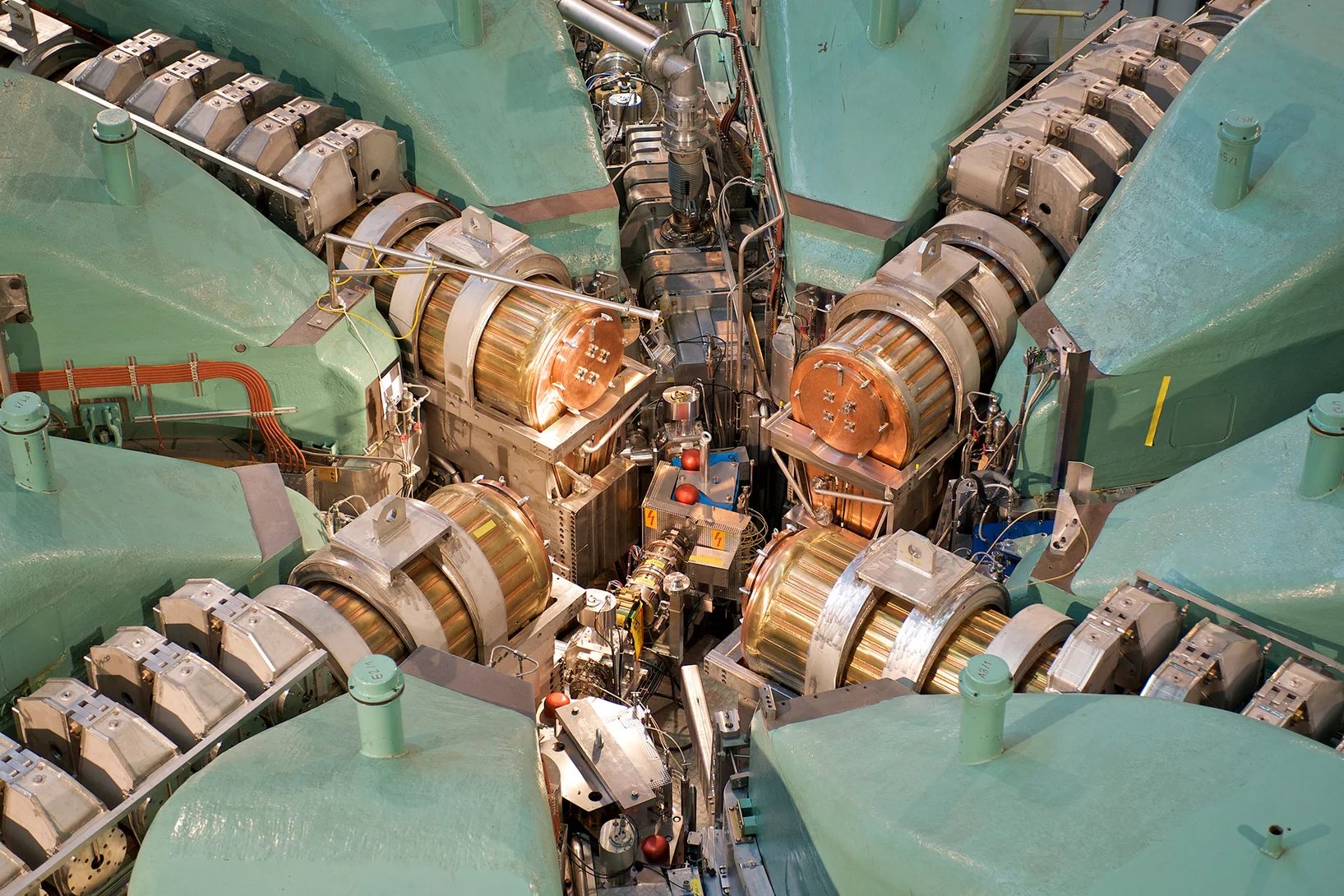Avec son infrastructure de recherche unique au monde, le PSI offre des possibilités exceptionnelles pour la recherche de pointe nationale et internationale.
Explorez nos domaines de recherche
Scientific Highlights de nos centres
Un nouveau procédé pour des batteries tout solide stables et de longue durée
Des scientifiques du PSI ont développé un nouveau procédé qui rend les batteries tout solide plus résistantes et allonge leur durée de vie.
Un laser dessine des paysages magnétiques sur mesure
Des scientifiques du PSI ont découvert une méthode étonnamment rapide et bon marché pour modifier localement des matériaux magnétiques.
Comment les microtubules participent au traitement des signaux cellulaires
Des scientifiques du PSI ont étudié, au niveau moléculaire, la manière dont le cytosquelette transmet des ordres vers l’intérieur de la cellule. Leurs résultats pourraient offrir à la médecine de nouvelles possibilités d’intervention en cas de dysfonctionnement dans l’organisme.
Vous souhaitez utiliser nos installations pour votre recherche?
Découvrez nos grands installations de recherche et autres infrastructures de recherche.
Les centres du PSI en un coup d'œil
Nos centres de recherche et de services mènent de la recherche de pointe reconnue au niveau international dans les sciences naturelles et les science de l’ingénierie et mettent à la disposition de la science ainsi que de l'industrie de grandes installations de recherche très complexes pour leurs propres projets de recherche.
Scientific Highlights de nos centres
Chiral phonons in polar LiNbO3
Resonant inelastic x-ray scattering reveals that lattice vibrations can be chiral in a polar material, with phonons having opposite handedness depending on their direction in momentum space.
Uncovering Hidden Phases in 3D-Printed Fusion Steels
3D synchrotron X-ray mapping uncovered unexpected internal phase structures in laser-printed steels, showing how processing controls what we cannot see.
2nd GIF Molten Salt Reactor workshop at PSI
On 10 December 2025 the 2nd GIF Molten Salt Reactor workshop took place at PSI


